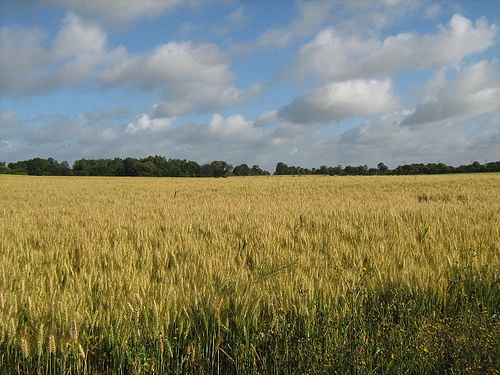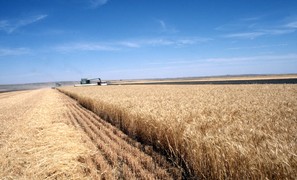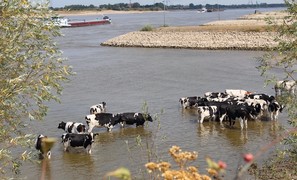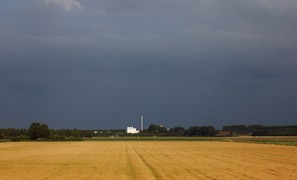Climatic impacts on winter wheat yields in France and Russia

The impact of climate change in recent decades on winter wheat yields has been studied for two wheat producing regions that are critical for the global market—the Picardy Region of northern France and the Rostov Oblast of southern Russia. In 2006, these regions produced approximately 1.4% of the total world production that year. As a whole, Russia and France are currently the fourth and fifth largest wheat producing countries in the world.
In both breadbaskets, minimum and maximum temperatures significantly increased, and precipitation at annual and seasonal temporal scales significantly decreased over recent history. Between 1973 and 2010, summer precipitation totals decreased by 61% and maximum summer temperatures increased by 4 °C in Rostov, while fall precipitation totals decreased by 9% and maximum spring temperatures increased by 2.4 °C in Picardy.
The climate variables that exhibited significant historical trends were often not the climate drivers that winter wheat yields were strongly correlated with in Rostov. Therefore, it appears that recent climate change has not significantly impacted winter wheat yield trends thus far in the region. However, in Picardy, there was partial overlap in the climate variables that winter wheat yields were most responsive to and those that have already exhibited significant changes over time. Consequently, climate change has likely caused an 11% decrease in winter wheat yield trends in the region.
The 11% decrease in yield trends as a result of climate change is in line with conclusions from previous research that the changing climate has negatively affected winter wheat yields in the country; climate change may be responsible for the yield stagnation that has been observed there.
Source: Licker et al., 2013. Agricultural and Forest Meteorology 176: 25– 37.
Photo: Rhian vK (www.flickr.com)






